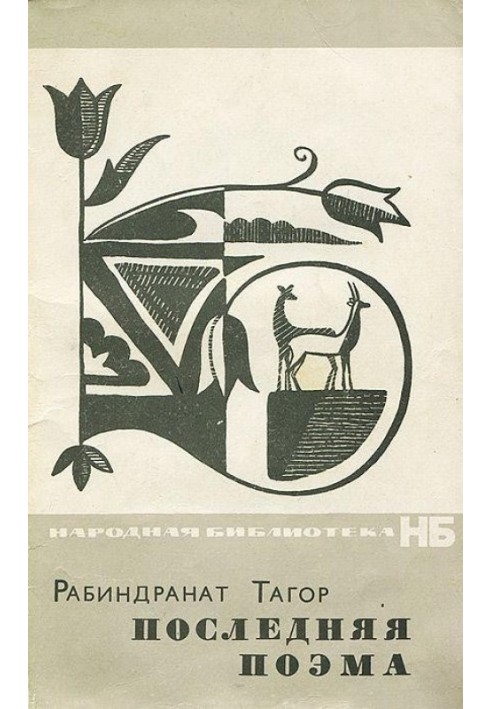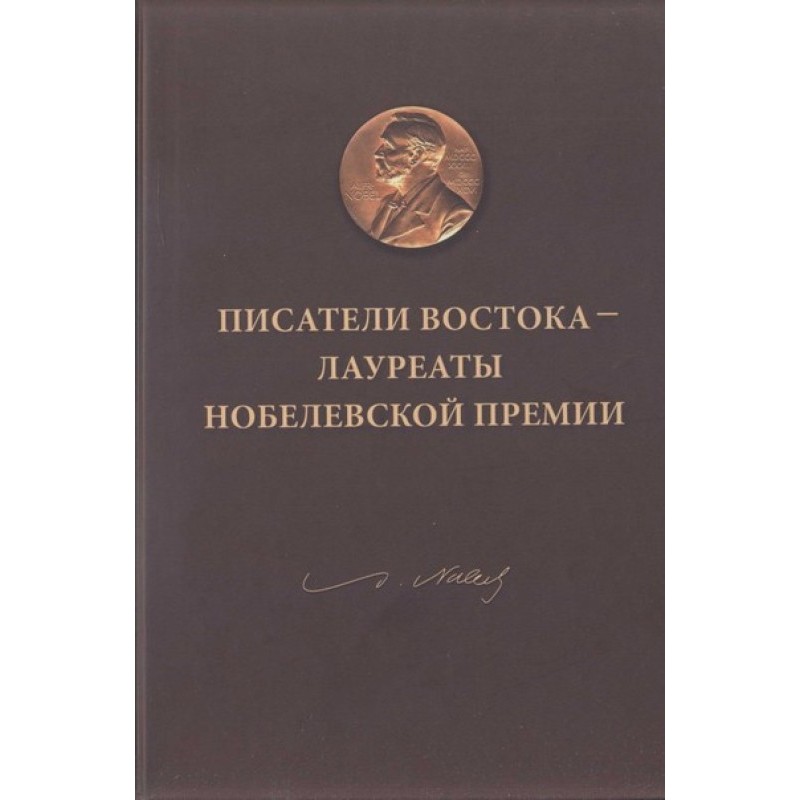The last poem
 Instant download
Instant download
after payment (24/7)
 Wide range of formats
Wide range of formats
(for all gadgets)
 Full book
Full book
(including for Apple and Android)
R. Tagore worked on “The Last Poem” during 1928-1929. In 1929, the novel was published as a separate book. In Russian, “The Last Poem” was first published in the third volume of the collected works of R. Tagore (1st edition) in 1956, translated by I. Svetovidova. The desire to depict major social problems from a realistic perspective, so characteristic of the writer’s prose work, in this novel, it seems to us, is expressed somewhat weaker than usual. In the novel, R. Tagore touches on an important social problem, the problem of the “golden youth,” which became especially acute in the 20s. The “Golden Youth” rejected national culture and blindly imitated Western civilization. At the center of the novel is the image of Omito Raya, a young rake who received an Oxford education. He promotes Nietzschean ideas, ridicules Indian culture, unleashing his anger on realistic art, in particular, on the work of Rabindranath Tagore. Those around Raya - his sisters, Ketoki Mitter and her brother Noren - are typical representatives of the “golden youth”. In the depiction of these somewhat grotesque images, sarcasm and a satirical orientation reach their greatest strength. R. Tagore contrasts these “Westerners” with two female images - Labonneau and Jogomaya, to whom all his sympathies are given. If the image of Jogomaya embodies all the best humanistic traditions of the “old” Indian culture, then the image of Labonneau combines all the ideal features of the young heroine. Labonneau is smart and educated. She draws on the great things that Western culture has created, and at the same time treats Indian culture with deep interest and respect. Labonneau’s love transformed Omito, he looked at life differently, realized that its meaning is in serving the beautiful, in striving make all people happy. Tagore poetically revealed the full depth of the feeling of young people, showed what enormous spiritual strength it gives rise to. The lyrical poems that R. Tagore puts into Omito’s mouth in order to express his love for Labonneau are truly the best pages of the novel . These lyrical and dramatic works of R. Tagore, filled with wonderful human feelings and experiences of loving young people, undoubtedly belong to the great achievements of R. Tagore’s poetic talent.
Data sheet
- Name of the Author
- Рабиндранат Тагор
- Language
- Russian
- Translator
- Ирина Анатольевна Световидова
Феликс Львович Мендельсон

















